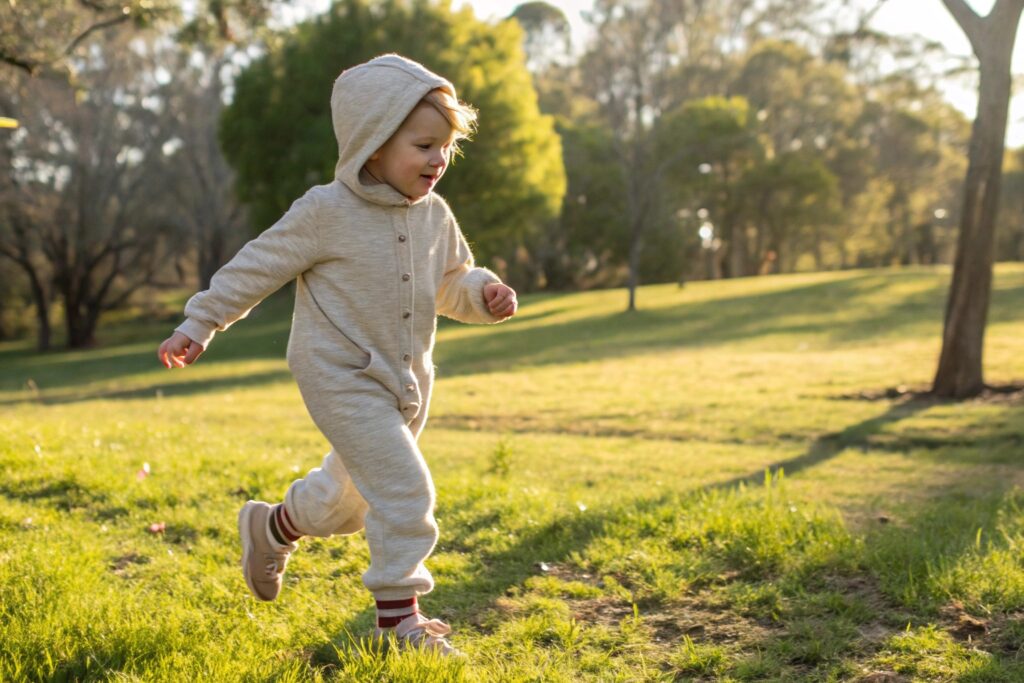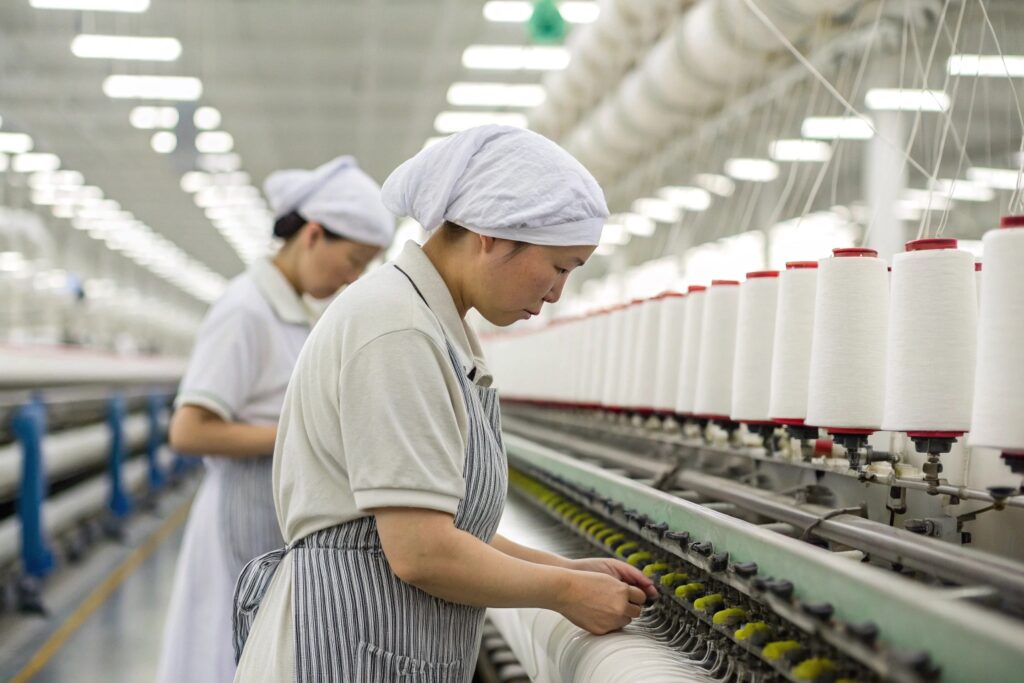When it comes to kidswear, the fabric choice isn’t just about fashion—it’s about comfort, durability, and safety. But how do brands decide what materials to use?
Kids clothing brands choose fabrics based on comfort, breathability, safety, ease of care, and intended use. Designers also consider cost, fabric sourcing, and certifications when selecting textiles for babywear and playwear.
In this article, we’ll look at how fabrics are selected, where they come from, and what materials are best for different types of kids’ clothing.
How Do Designers Choose Fabric?
Fabric selection plays a key role in the design process. It influences how a garment fits, feels, and functions.
Designers choose fabrics for kidswear based on the garment’s purpose, the feel against the skin, stretchability, safety standards, and how the fabric reacts during washing and wear.

Key criteria kidswear designers consider:
| Factor | Why It Matters |
|---|---|
| Softness | To avoid irritation on sensitive skin |
| Breathability | Prevents overheating and rashes |
| Durability | Withstands crawling, climbing, and play |
| Stretch & Recovery | Important for active movement |
| Shrinkage after wash | Affects fit and customer satisfaction |
| Certification | Ensures fabric safety for babies/kids |
Typical process for selecting fabric:
- Define the garment use case (sleepwear, outerwear, playwear)
- Source swatches from certified mills
- Test wash performance for colorfastness and shrinkage
- Match fabric with design intent and seasonal needs
- Confirm compliance with safety standards like OEKO-TEX, CPSIA, or GOTS
At Fumao, we guide clients in choosing fabrics that not only look good but also perform well across comfort, cost, and compliance.
Which Fabric Is an Appropriate Choice for Children’s Playwear?
Playwear takes a beating. It needs to be stretchy, breathable, and resistant to stains and tearing. So which fabrics are best for active kids?
The best fabrics for children’s playwear are cotton blends, interlock knits, jersey knits, and durable poly-cotton materials. These fabrics are soft enough for comfort and tough enough for play.

Top fabrics used for kids playwear:
| Fabric Type | Why It Works for Play |
|---|---|
| Cotton-Spandex Blend | Soft, breathable, and stretchy |
| French Terry | Warm and absorbent for cool days |
| Interlock Knit | Thick, smooth, and holds shape |
| Jersey Knit | Lightweight and comfy |
| Poly-Cotton Blend | Durable, wrinkle-resistant |
Why these fabrics matter:
- Children stretch, roll, jump, and run
- Fabrics must resist frequent washing
- Breathability helps avoid heat rash
- Gentle texture reduces risk of skin irritation
Brands focused on playwear often request moisture-wicking finishes, anti-pilling treatments, or reinforced seams in high-friction areas.
Where Does Fabric Come from for Kids?
Before it becomes a onesie or pair of joggers, fabric goes through a long journey. So where do kidswear fabrics come from?
Most fabric used in kidswear comes from textile mills in countries like China, India, Bangladesh, and Turkey. These mills spin, knit, dye, and finish cotton, polyester, and blended fibers according to industry standards.

Countries leading in kidswear fabric production:
| Country | Fabric Types Commonly Used | Specialty |
|---|---|---|
| China | Cotton, poly-cotton, jersey knits | Full-package production |
| India | Organic cotton, muslin | Natural, breathable fabrics |
| Bangladesh | Cotton jersey, fleece | Economical for basic garments |
| Turkey | Cotton interlock, babywear knits | Soft, GOTS-certified production |
| Vietnam | Blended knits, sportswear fabrics | Great QC and compliance |
What brands consider when sourcing fabric:
- Lead time and reliability
- Fabric testing reports (CPSIA, OEKO-TEX)
- Eco-certifications like GOTS or BCI
- Factory’s dyeing and finishing capabilities
Fumao sources from certified and traceable mills, and we test all fabrics before bulk production to ensure they meet global babywear safety standards.
What Is the Best Fabric for Kids Clothes?
There’s no one-size-fits-all answer. The best fabric depends on the garment type, season, and age group.
The best fabrics for kids clothes are 100% cotton, organic cotton, bamboo viscose, and cotton-rich blends. They’re breathable, hypoallergenic, and gentle enough for delicate skin while offering the flexibility kids need.

Best fabric choices by clothing type:
| Clothing Type | Best Fabric Options |
|---|---|
| Baby Onesies | Organic cotton, interlock knit |
| Toddler Playwear | Cotton-spandex jersey, French terry |
| Kids Pajamas | Lightweight jersey, modal, bamboo blends |
| Summer Clothing | 100% cotton, muslin, linen blend |
| Winter Layers | Fleece-lined cotton, thermal knits |
Why these fabrics work:
- Natural fibers allow skin to breathe
- Stretch knits move with the body
- Durable weaves survive play and washing
- Safe dyes reduce irritation risks
At Fumao, we test all our recommended fabrics for shrinkage, pilling, seam strength, and colorfastness—so the final product meets both parent and retailer expectations.
Conclusion
Kids clothing brands choose fabrics based on comfort, durability, safety, and function. From soft organic cotton to stretchy jersey knits, the right fabric makes all the difference in how a garment looks, feels, and lasts. Whether you’re launching a new kidswear brand or selecting materials for your next collection, knowing your fabric is the first step toward quality.










